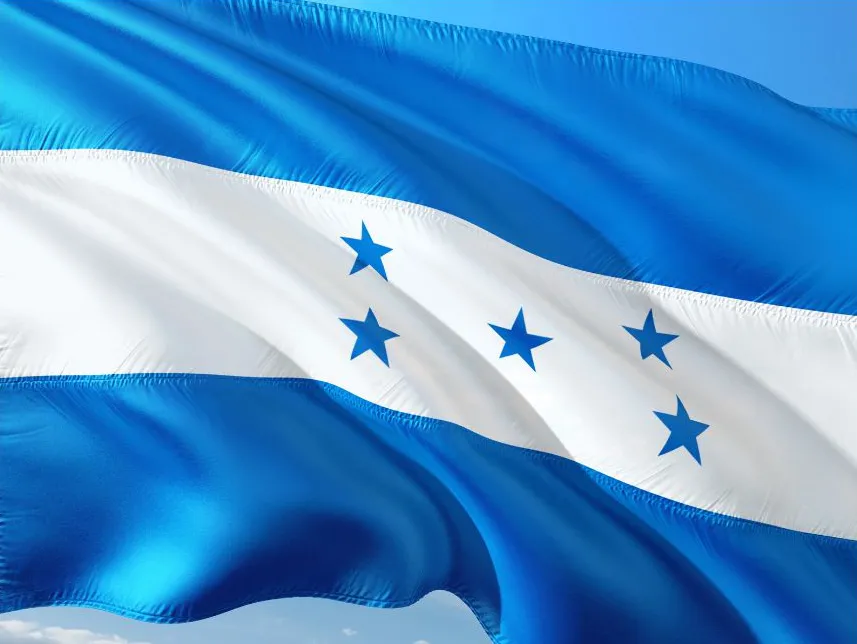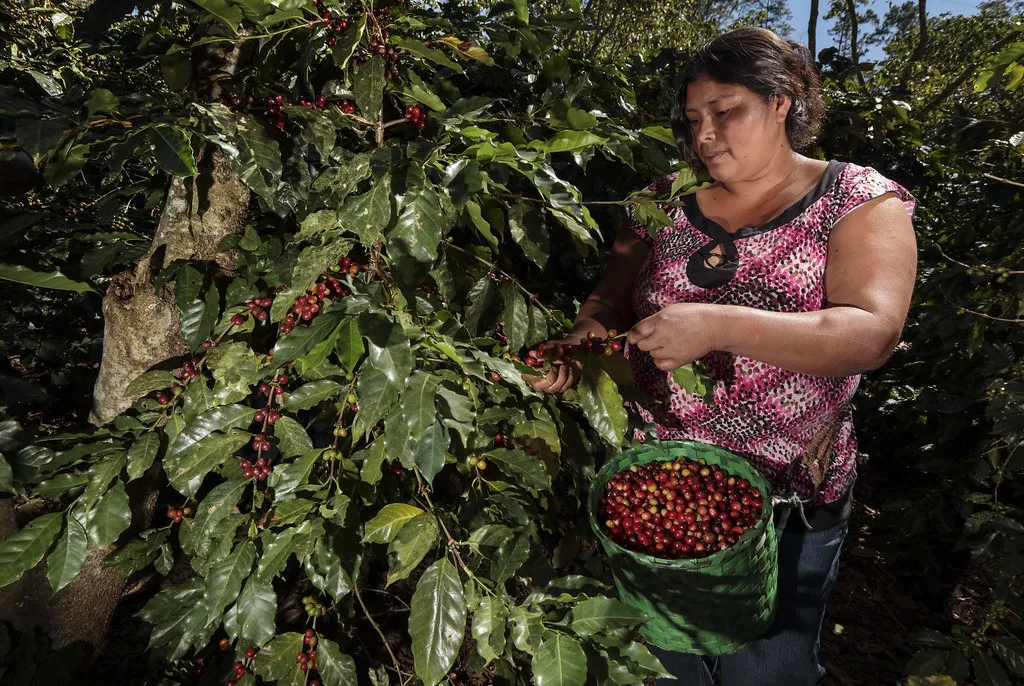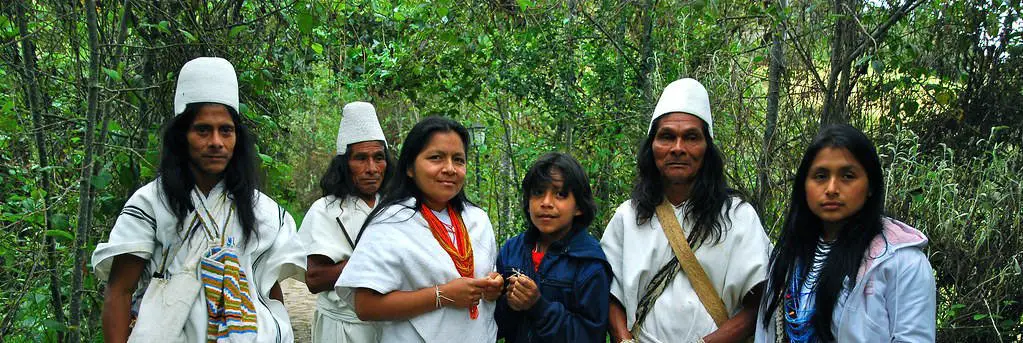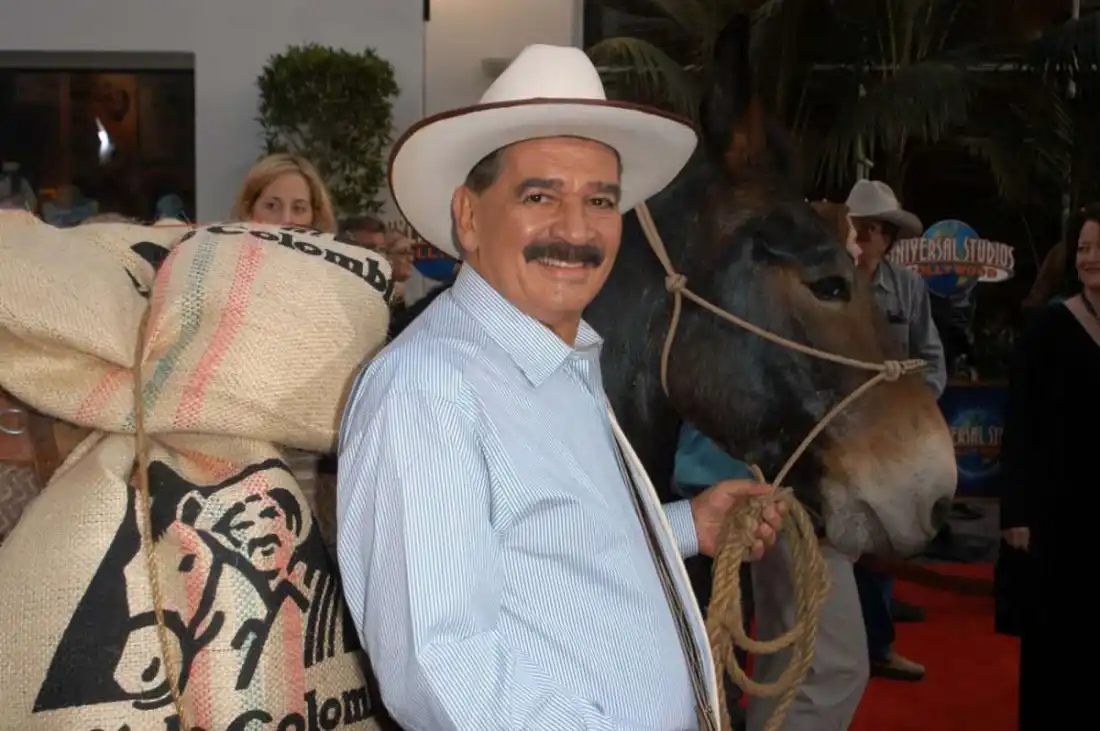Honduras is the world’s 6th largest coffee-exporting country and the biggest producer in Central America. However, it was not recognized as a producer of top-quality coffee for a long time. Apart from some insiders, not many people knew about Honduran coffee.
But things are changing. A new generation of highly motivated and ambitious farmers is producing amazing single-origin and estate coffees, dramatically raising the quality bar.
Read on to learn about the amazing Honduran coffees and the new developments to fully appreciate its magic.
At the end of this post, I will reveal my personal favorite and where you can get it. Feel free to jump ahead if you can’t wait.

Honduran Coffee overview
Coffee was introduced to Honduras already in the late 1700s. Like in its neighboring countries, coffee production became a growing economic factor for the country, supported by thousands of small farmers. The lack of standardized quality control and a functioning infrastructure for transportation and export prevented the development of a competitive coffee industry.
About 100,000 families are growing arabica coffee beans in Honduras on small farms. Honduran coffee was mostly considered commercial grade and was used in coffee blends. The fragmented Honduran coffee industry could not develop a quality brand identity of its own. Quantity was more important than quality.
Things started to change when the Instituto Hondureño del Cafe (IHCAFE) was established in 1970, and coffee evolved into a major crop with a strong determination of increased quality.
Disaster strikes
Unfortunately, in 1998, Hurricane Mitch wiped out a large part of the country’s coffee industry, and it took years to recover. IHCAFE was instrumental in rebuilding the industry with its agricultural and technical know-how.
Another disaster hit Honduras in 2012 and 2013 when coffee leaf rust wiped out about a quarter of the annual harvest.
Again, IHCAFE succeeded in turning things around and leading the coffee industry to a promising recovery.
IHCAFE – the success driver for Honduran coffee
Instituto Hondureño de Café (IHCAFE) was privatized in 2000 and did the groundwork for Honduras to become the largest coffee producer in Central America and improve the quality and reputation of its coffee.
IHCAFE is committed to developing the Honduran coffee industry to a world-class level.
In particular, IHCAFE contributes by
- offering technical and educational support to farmers
- supporting farmers with low-interest loans for upgrading mills and drying facilities
- having established a quality control and grading system
- engaging in research in tropical agriculture
developing new varietals resistant to diseases and climate change - engaging in the marketing of Honduran coffee, domestic and internationally
- organizing the Honduras Cup of Excellence
Focusing on high-quality, single-origin coffee proved to be a particularly successful strategy. Sophisticated consumers around the world are increasingly demanding outstanding quality in coffee. This global trend towards coffee of higher quality is also referred to as Third Wave coffee.
Solar drying for better quality coffee
In areas with abundant rainfall and high humidity, drying the coffee beans can be a challenge. Proper drying is critical for avoiding mold, which can ruin even the best beans.
IHCAFE provided the know-how for setting up solar dryers, which are an excellent and low-cost solution.
The introduction of solar drying has reduced the workload for farmers and, at the same time, led to a better quality of green coffee beans. Better quality translates into better prices.
Honduran Coffee grading system
In Honduras, coffee is graded according to the altitude
- SHG (Strictly High Grown) 1,350+ meters above sea level
- HG (High Grown) 1,200 – 1,350 meters above sea level
- CS (Central Standard) below 1,200 meters above sea level
Of course, the higher the altitude, the better the coffee. At high altitudes, the coffee cherries take longer to mature, and the beans can absorb more minerals, enhancing the flavor profile.
Honduran Coffee regions and varietals
Honduras is a country with perfect conditions for growing coffee, similar to the neighboring Central American countries. The growing regions are blessed with a tropical climate, generous rainfall, fertile soil, and plenty of mountains, the highest one being Cerro Las Minas, with 2,870m.
You may read elsewhere that Honduras is the only Central American country without volcanoes. This is not correct; there are even four of them, though they have not been active for a few thousand years. But this also means that there is less volcanic ash.
The varietals are mainly Bourbon, Caturra, Typica, Catuai, Pacas, Lempira, and Parainema. In some areas, you can also find IHCAFE-90, a hybrid developed by IHCAFE.
Some farms are planting the varietal Catimor, a hybrid between Caturra and Timor, which is particularly resistant to coffee leaf rust.
Following the great success of Gesha, resp. Geisha Coffee in Panama and other countries, some courageous farmers are also experimenting with this valuable varietal.
Coffee is cultivated in six main regions, each with individual microclimates, giving the coffee its distinct flavor profiles.
Copán
The Copán area lies in the west of Honduras, bordering Guatemala. It is well known for its Mayan heritage. The famous ruins of that civilization attract tourists from all over the world. The Copán area is also a well-known coffee-growing region. It receives between 1,300 and 2,300 mm of annual rainfall.
Coffee plantations are found at altitudes of 1,000 to 1,700 meters.
The varietals grown in Copán are Bourbon, Catuaí, Pacas, Lempira, and IHCAFE-90.
The harvest period stretches from November to March.
Copan coffee is characterized by a delicate and balanced acidity and a smooth body. Chocolate, caramel, and nuts are the flavor components you can expect.
Comayagua
The Comayagua area lies in the south-central part of the country. Coffee farms are located at an altitude range of 1,200 to 1,700 meters with a variety of micro-climates. Shade-grown coffee is very common in this area. The soil is dominated by red clay, which is rich in nutrients and contributes to complex flavors.
The most common varietals in Comayagua are Bourbon, Catuaí, Lempira, and Pacas.
The flavor profile is fruity and sweet, with notes of citrus and peaches. It boasts a lively and brilliant acidity and has a persistent yet pleasant aftertaste.
Montecillos
The Montecillos area lies in the southwest of Honduras, bordering on El Salvador.
You may have heard of the Café de Marcala. Honduran Marcala is a coffee from the Montecillos area and is the first widely recognized Honduran coffee of quality. Café de Marcala became the first in Honduras to be awarded the prestigious denomination of origin.
The altitude ranges from 1,100 to 1,700m.
The varietals are Bourbon, Catuai, Lempira, and Pacas.
The cup has a fruity and sweet character, vivid and brilliant acidity, a velvety body with hints of citrus and peaches, and a lingering yet pleasant aftertaste.
Opalaca
The Opalaca growing region lies to the east of Copán, in central Honduras. It has an altitude range from 1,100 to 1,700 meters. Coffee plantations benefit from fertile soil and ideal climatic conditions.
Common varietals are Bourbon, Catuai, Lempira, and Typica.
Opalaca coffee has a delicate and balanced acidity. The tasting notes show hints of tropical fruits, grapes, blackberries, and a mild citric aftertaste.
Agalta
The Agalta region is located in southeastern Honduras and has an even more tropical microclimate than the other regions. The altitude ranges from 1,100 to 1,700 meters. The higher elevations allow for slower growth and fuller flavor, but even coffee from the lower altitude in Agalta of HG grade is very worthwhile to try.
The varietals typical for Agalta are Bourbon, Typica, Caturra, and Lempira.
The flavor profile is characterized by caramel and tropical fruits with a sweet aftertaste. Coffee from lower altitudes also has notes of dark chocolate.
El Paraiso
The El Paraiso Department is in the southern part of the country and is bordering on Nicaragua, also a coffee-producing country.
Coffee farms are found at an altitude of 1100 -1700 meters.
Common varietals are Catuai, Caturra, Pacas, Parainema, and Lempira.
The cup has a sweet fragrance and a smooth body. You will find notes of citrus and enjoy a pleasant and persistent aftertaste.
Here is my favorite source of outstanding coffee from Honduras
When choosing my coffee, I am not making any compromises. That’s why I like to go as close to the source as possible.
Before, it was not easy to get your hands on really excellent Honduran coffee beans. Good ones, yes – once in a while. But if you are aiming for the best, you have a hard time. Call yourself lucky if you have a reliable coffee roaster or shop nearby.
Fortunately, Kathya Irias, a lady born and raised in Honduras and well-connected with the land and its amazing people, founded Spirit Animal Coffee together with Paul Gromek.

Spirit Animal Coffee sources its coffee beans from a network of dedicated farmers. All of the coffee is shade-grown on micro-lots and qualifies as organic coffee. Some of them have already received the Fair Trade designation.
The specialists of Spirit Animal carefully select only the best coffee beans, roast them locally to perfection, and ship them anywhere in the world.
You can conveniently order your selection from their online store, which provides details of the coffee varietals and processing methods as well as background information about the farmers. Coffee subscriptions are also available at attractive prices.

Special Offer of Honduran coffee
Take advantage of an amazing offer of a 30% discount for fresh roasted coffee by using this link. You can get an additional 15% off when you sign up for their newsletter. That’s a deal you should not miss.
Photo credit Title image: Maren Barbee on VisualHunt






